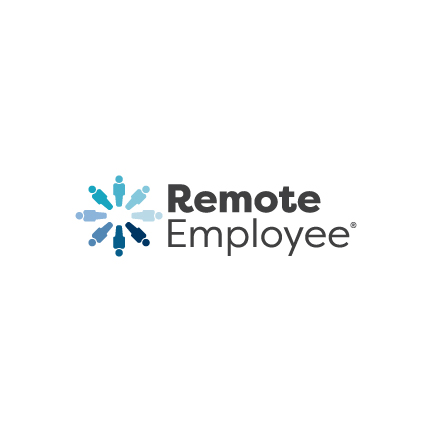Remote employee taxation: Key rules, challenges, and best practices

A brief guide to remote employee taxation
Remote work has become a permanent feature of the modern workplace, transforming how companies operate and employees thrive.
However, this shift has introduced complex tax challenges for both employers and workers.
In this article, we’ll break down the key rules, challenges, best practices related to remote employee taxation, and why outsourcing to Remote Employee can help with possible challenges.
Understanding the basics of remote employee taxation
Remote employee taxation refers to the tax obligations that arise when employees work outside of their employer’s primary location, often across state or even national borders.
These obligations can vary significantly depending on the location of the employee, the employer’s presence in those locations, and the nature of the work being performed.
Some critical concepts to understand include:
- Tax nexus: A legal term that refers to a business’s physical or economic connection to a state, which triggers tax obligations.
- Withholding requirements: Employers are often required to withhold state and local income taxes based on the employee’s work location, not just the company’s headquarters.
- Payroll taxes: Both employers and employees may be subject to payroll taxes in multiple jurisdictions, depending on the work arrangements.
- Double taxation risks: In some cases, employees might face tax obligations in more than one jurisdiction, creating the need for careful tax planning.

Tax implications for employers
Employers must navigate a complex web of tax regulations when managing a remote workforce.
Key considerations include:
- Multi-state tax compliance: If a business has employees working in different states, it may be required to register and remit taxes in each of those states, even if the company does not have a physical office there.
- Impact on corporate taxes: Some states impose business taxes based on the presence of employees within their borders, potentially increasing the company’s tax liability.
- Administrative burden: Tracking employee locations and managing payroll taxes across multiple jurisdictions can be a significant operational challenge.
- Permanent establishment risks (international): For businesses with global remote teams, there is a risk of creating a taxable presence in foreign countries, leading to additional corporate tax exposure.
Tax implications for remote employees
For employees, remote work can create unique tax challenges, including:
- Residency and domicile issues: An employee’s state of residence typically determines where their income is taxed, but remote work arrangements can complicate this.
- Double taxation: Employees who work across state lines or internationally may face double taxation without careful planning and the use of tax credits or deductions.
- Changing tax withholding: Employees must often adjust their withholding to reflect their actual work location, which can be difficult if they frequently move.
- Tax deductions and credits: While some remote employees may qualify for home office deductions, these benefits vary widely depending on the tax jurisdiction.
Remote employee taxation: Common challenges and pitfalls
Some of the most common challenges in remote employee taxation include:
- Nexus triggers: Unintentional tax nexus can occur when employees work from a different state or country for an extended period.
- Complex payroll management: Managing payroll for a distributed workforce requires precise tracking of work locations and tax obligations.
- State-by-state variations: U.S. states have vastly different tax rules, making compliance particularly challenging.
- Regulatory uncertainty: As remote work continues to evolve, tax regulations are also changing, creating ongoing compliance risks.
4 best practices for remote employee tax compliance
Effectively managing remote work taxation requires a proactive and well-structured approach. Businesses can stay compliant and reduce risk by implementing these best practices:
1. Establish clear remote work policies
Clearly outline tax responsibilities in remote work agreements, including expectations for reporting work locations and adhering to local tax laws.
2. Utilize tax compliance technology
Adopt software tools that track employee locations, determine applicable tax jurisdictions, and automate tax withholding and reporting processes.
3. Conduct regular tax compliance reviews
Schedule periodic audits to identify and address potential tax issues before they escalate into costly penalties or legal complications.
4. Seek expert tax guidance
Partner with tax advisors who specialize in multi-state and international taxation to ensure accurate filings and regulatory compliance across jurisdictions.

Simplify remote employee taxation with outsourcing
For companies looking to avoid the complexities of remote employee taxation, outsourcing to a provider like Remote Employee can be a smart move.
By outsourcing, businesses can shift the tax burden to the service provider, reducing the need for extensive tax management and compliance.
This approach can significantly reduce administrative overhead and eliminate the risk of unexpected tax obligations, allowing businesses to focus on growth without the constant worry of tax compliance
Understanding remote employee taxation is essential for businesses to stay compliant and avoid costly tax penalties. By proactively managing these challenges and implementing best practices, companies can reduce their tax risk while supporting a flexible workforce.
For more insights into managing a distributed team or to get personalized tax advice, visit Remote Employee’s website today.







 Independent
Independent




